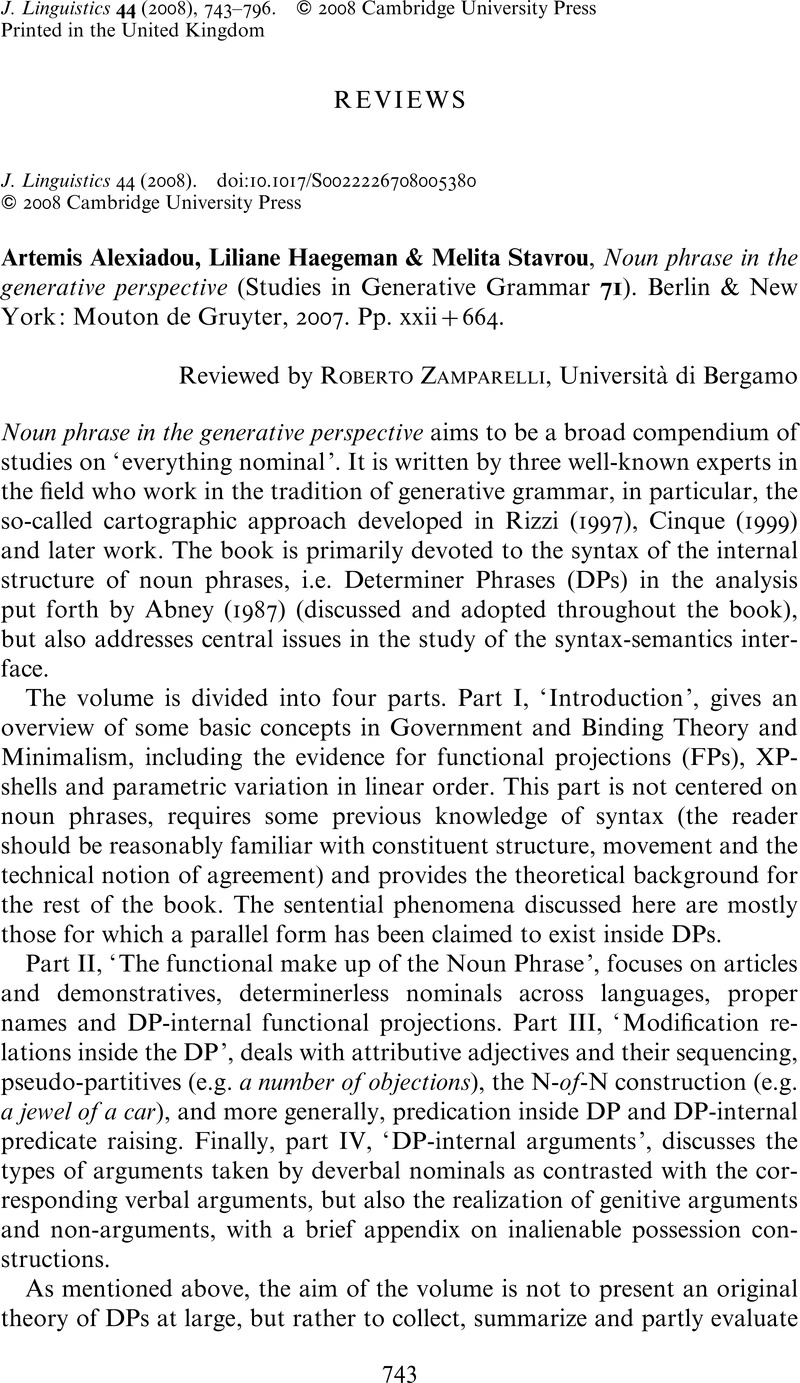Prince, Ellen F. 1988. The ZPG letter: Subjects, definiteness, and information-status. In
Mann, William C. &
Thompson, Sandra A. eds.),
Discourse description: Diverse analyses of a fund-raising text (Pragmatics & Beyond, New Series 16),
295–
325.
Amsterdam & Philadelphia:
John Benjamins.
Google Scholar 